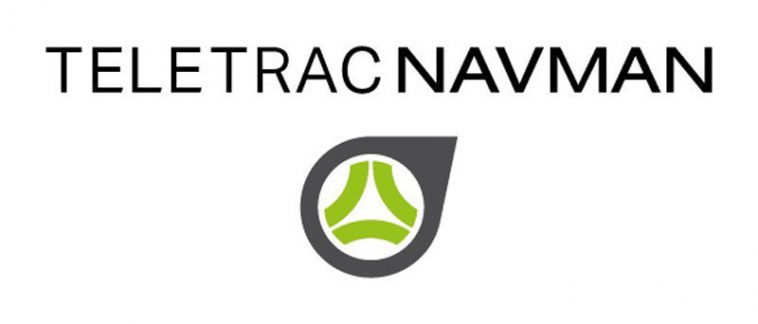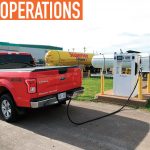Teletrac Navman, a global software-as-a-service provider that leverages location-based technology for GPS tracking solutions, announced findings from its 3rd Annual Telematics Benchmark Report: U.S. Edition. The survey, which examined best practices, trends, and current issues influencing US transportation organizations, found that although more fleets use technology than ever before (86% use telematics), most organizations lack a data-driven approach to running their businesses. Only 23% use big data analytics to guide strategic decision-making, while 36% still rely on manual processes to forecast hiring needs.
This echoes another major survey theme indicating that despite demonstrated telematics benefits—55% saw reduced fuel costs—it continues to be grossly underused. On average, companies only use three (of 12 most common) telematics features to measure general vehicle status metrics such as vehicle and equipment location (74%), hours of service (66%), and speed (61%), while far fewer measure metrics that could positively impact their bottom line, such as idling (37%) and fuel usage (30%).
OTHER KEY INSIGHTS
Electronic Logging Device (ELD) adoption is consistent with 2018 despite the rapidly approaching AOBRD transition deadline.
- While 66% use ELDs to track Hours of Service (HOS), 24% admitted to still using paper logs despite it being law not to and 19% are using AOBRDS.
- ELDs continue to be fleets’ top compliance concern (58%), but the percentage is down significantly from 2018 (74%).
- Nearly a third (29%) report there is no driver concern around ELDs.
Telematics’ impact on incident reduction is up, due to increased driver performance insight.
- Forty-two percent have seen fewer safety incidents since using telematics to monitor driver behavior.
- More than a quarter cite driver monitoring (32%), speed prevention (26%), and preventing driver fatigue/exhaustion (30%) as top telematics-related safety benefits.
- Twenty-eight percent implement driver warning/alerting technology to further boost driver safety.
- Fifty-seven percent reward safe driving, with a reduction in safety incidents and violations (58%) as the biggest benefit of this practice.
Talent retention is a major business priority amid the continued driver shortage.
- The top business challenge fleets face is finding, developing, and retaining talent (30%).
- Three of the top five driver retention tactics are monetarily linked: increasing pay (47%), driver appreciation programs (33%), and performance-based bonuses (30%).
- Fifty-eight percent plan to increase drivers and equipment operators in the next year.
“This year’s survey results reveal there’s a big difference between being a tech-compliant organization and a tech-driven one,” Sid Nair, senior director of transport and compliance, Teletrac Navman, says. “Putting ELDs in vehicles is not a silver bullet and, ultimately, won’t help fleets solve their business challenges as the transportation and logistics industry becomes ever more competitive. Using data effectively is the key to making your fleet work smarter, not harder, but managers can only reap these benefits if they look beyond using technology strictly for compliance and commit to using data to inform important business decisions—ones that can boost productivity and minimize expenses. That’s the true meaning of digital transformation.”
SURVEY METHODOLOGY
The 2019 Teletrac Navman Benchmark Survey includes responses from more than 500 participants in Transportation and General Telematics in the US. This report provides an understanding of best practices and fleet management trends in business, general telematics, emerging technology, transportation, external factors, and talent. Results may not amount to 100% due to questions with multiple selections. Year-over-year statistical significance is reported at the 95% confidence interval. For reporting purposes, all statistical values are rounded to the nearest whole number.
Find out more, visit www.teletracnavman.com.




